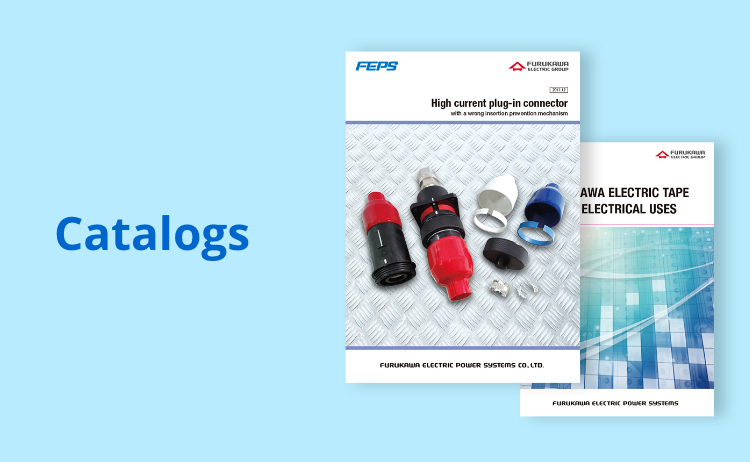Koppels (shunts)
Electrical connection conductor made by overlapping thin copper strips

This electrical connection conductor has a flexible portion composed of the required number of thin copper strips or copper foils. Terminals for connecting to mating terminals are joined to both ends of the conductor. Terminal joining methods include electron beam welding (KE koppel), argon welding (KW koppel), riveting (KR koppel), and soldering (KS koppel). The conductor can also be used as a heat transfer path.
Features
- Standard copper strip thickness
- The standard copper strip thickness is 0.2 mm.
- FEPS can also manufacture other copper strip thicknesses of 0.05 mm, 0.1 mm, and 0.5 mm. Please consult with us for further information.
- Wide range of sizes
FEPS manufactures sizes ranging from small to large in terms of electric capacity and terminal shape.
We can also manufacture sizes other than those listed in the catalog. Please contact us for further information. - The KE and KW koppels support special shapes of terminal parts
Lineup

KE koppel (electron beam welding)
Koppel made by electron beam welding of overlapping copper strips and copper plates

KW koppel (argon welding)
Koppel made by argon welding of overlapping copper strips and copper plates. KW koppel can also be manufactured using aluminum.

KR koppel (riveting)
This koppel is made by riveting copper plates on both sides of overlapping copper strips.

KS koppel (soldering)
This koppel is made by using soldering to fix overlapping copper strips.
Examples of special use of koppels
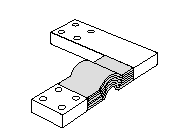
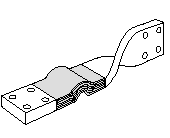
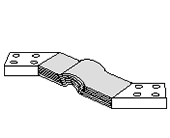
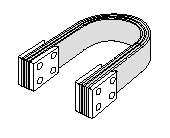
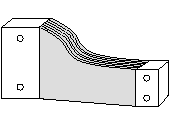
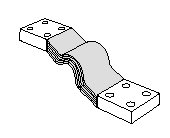
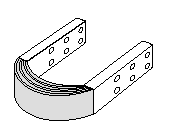
- (Note) Depending on the size, some of the shapes listed above may not be available.
- (Note) Koppels has various names such as shunts, copper strips, laminated copper foils, and ounce copper plates. Regardless of the name, they all have the same function.
Examples of special shapes of koppels







- (Note) Depending on the size, some of the shapes listed above may not be available.
- (Note) Koppels has various names such as shunts, copper strips, laminated copper foils, and ounce copper plates. Regardless of the name, they all have the same function.



